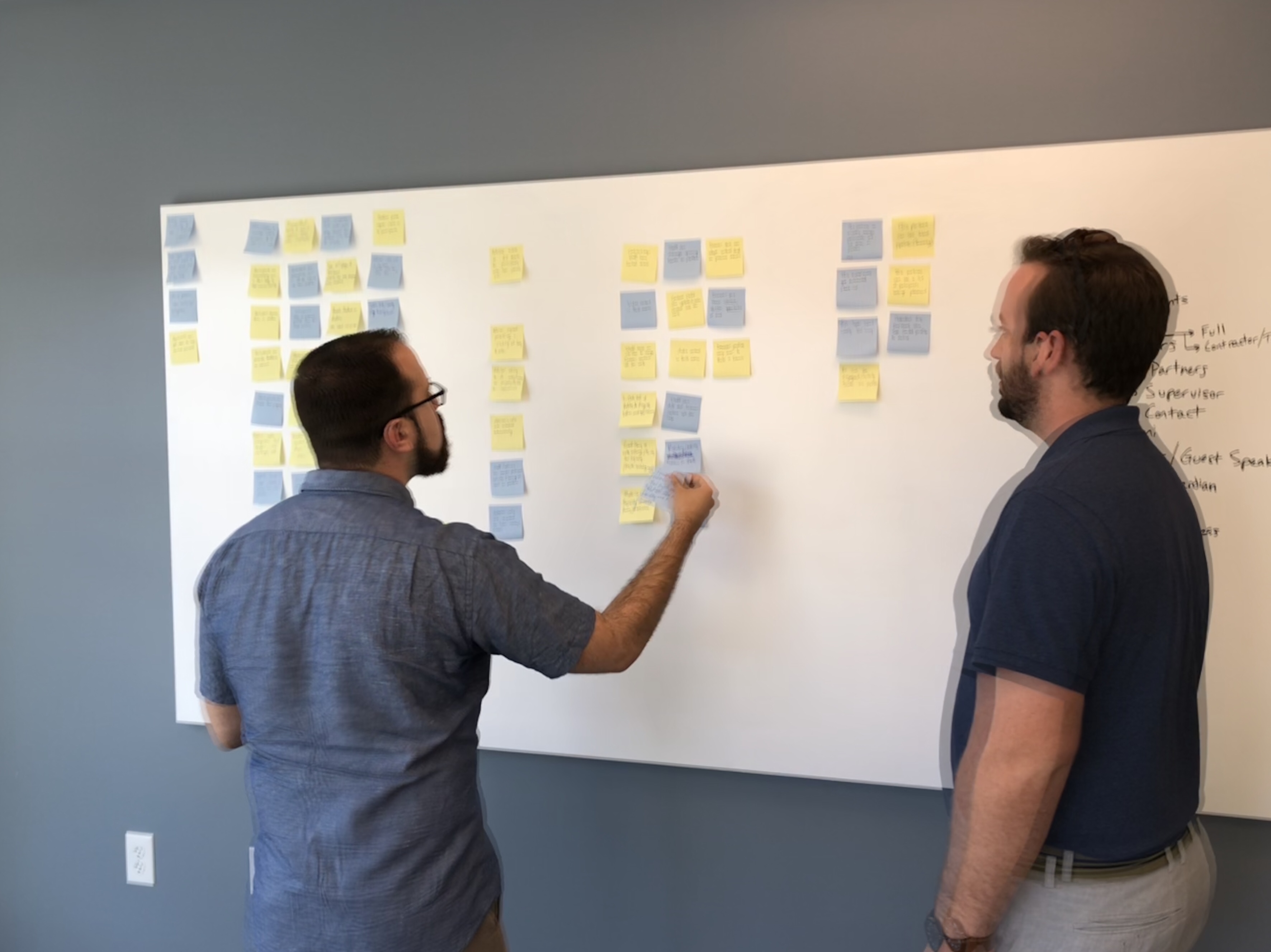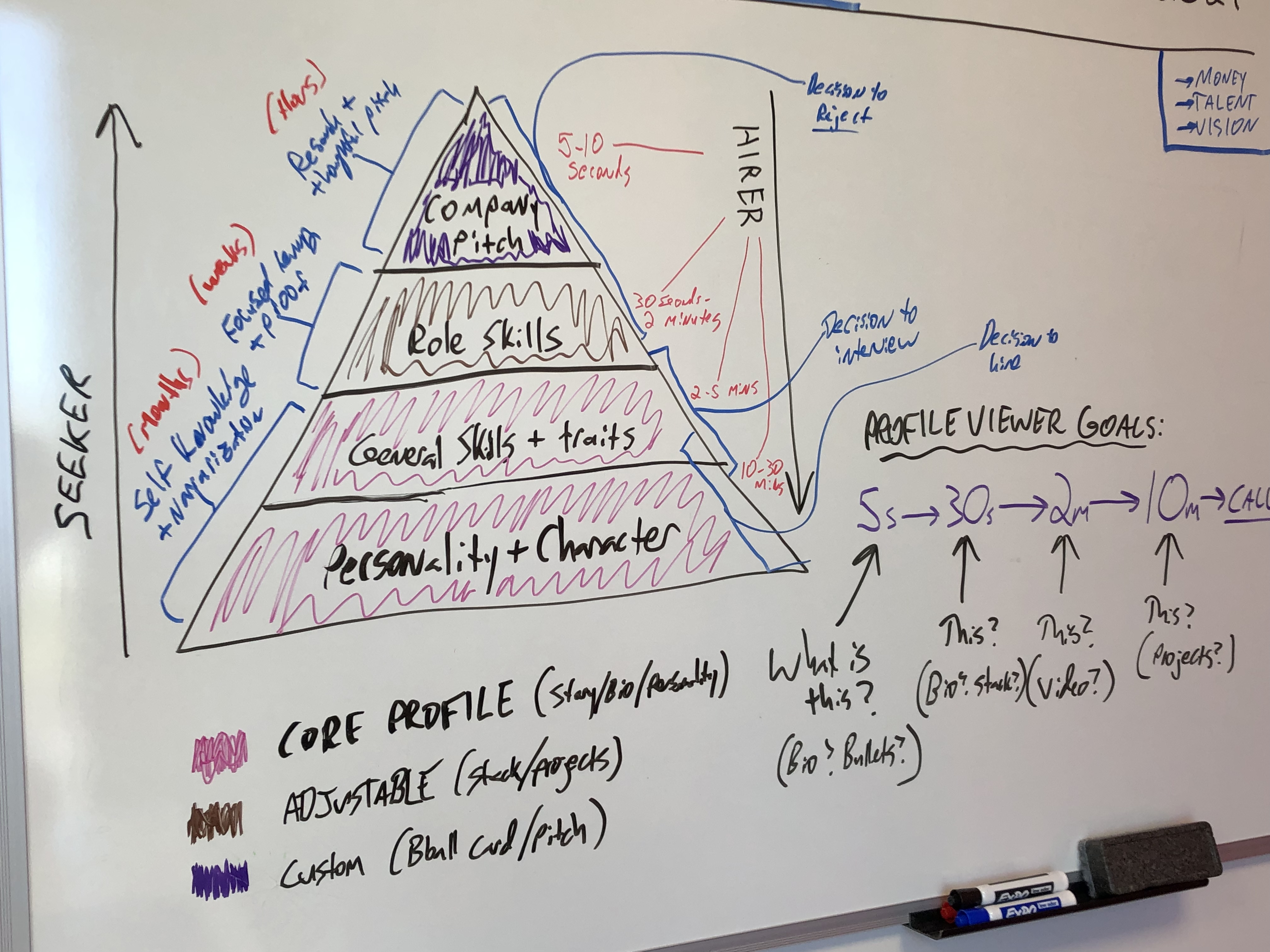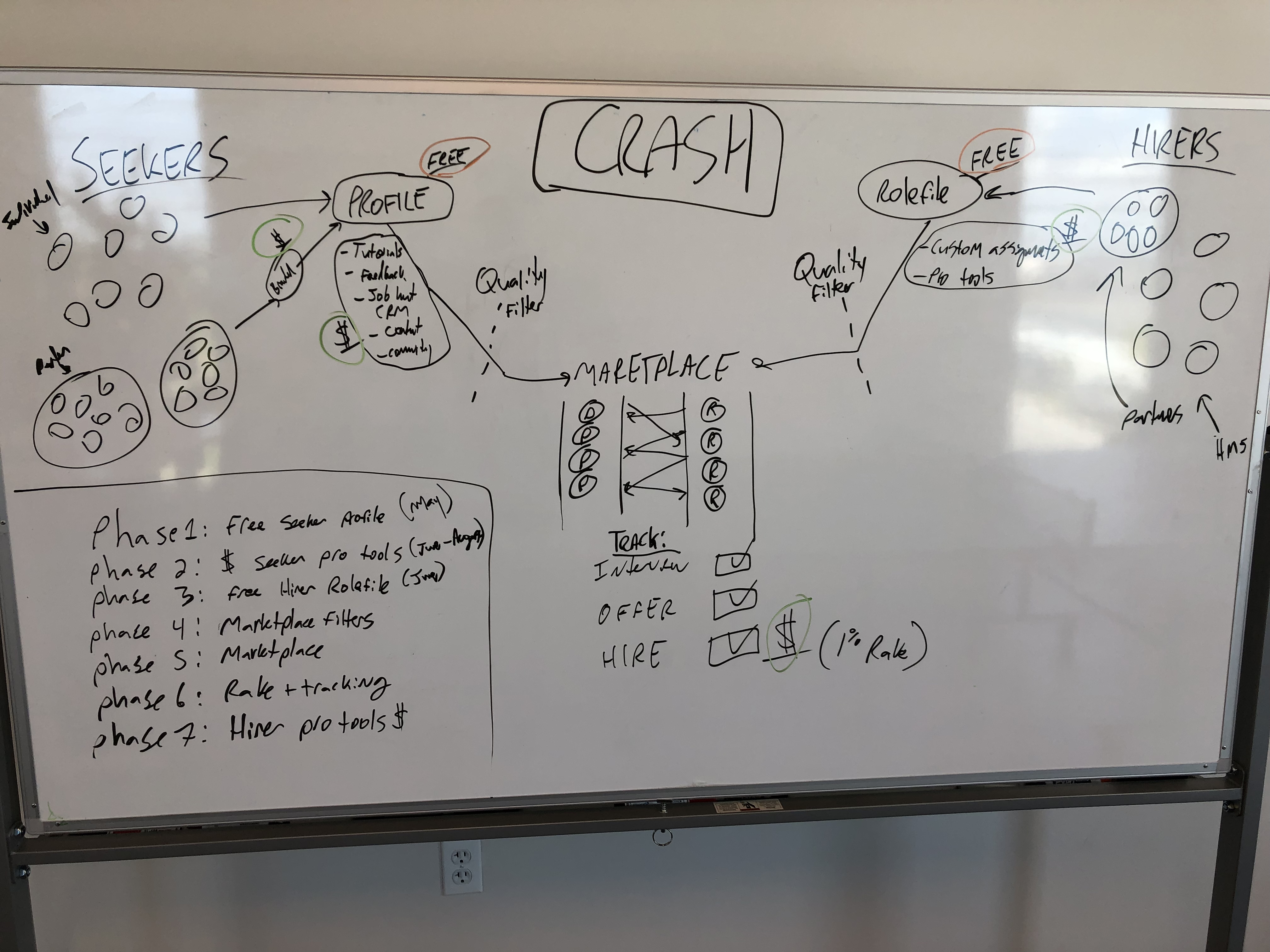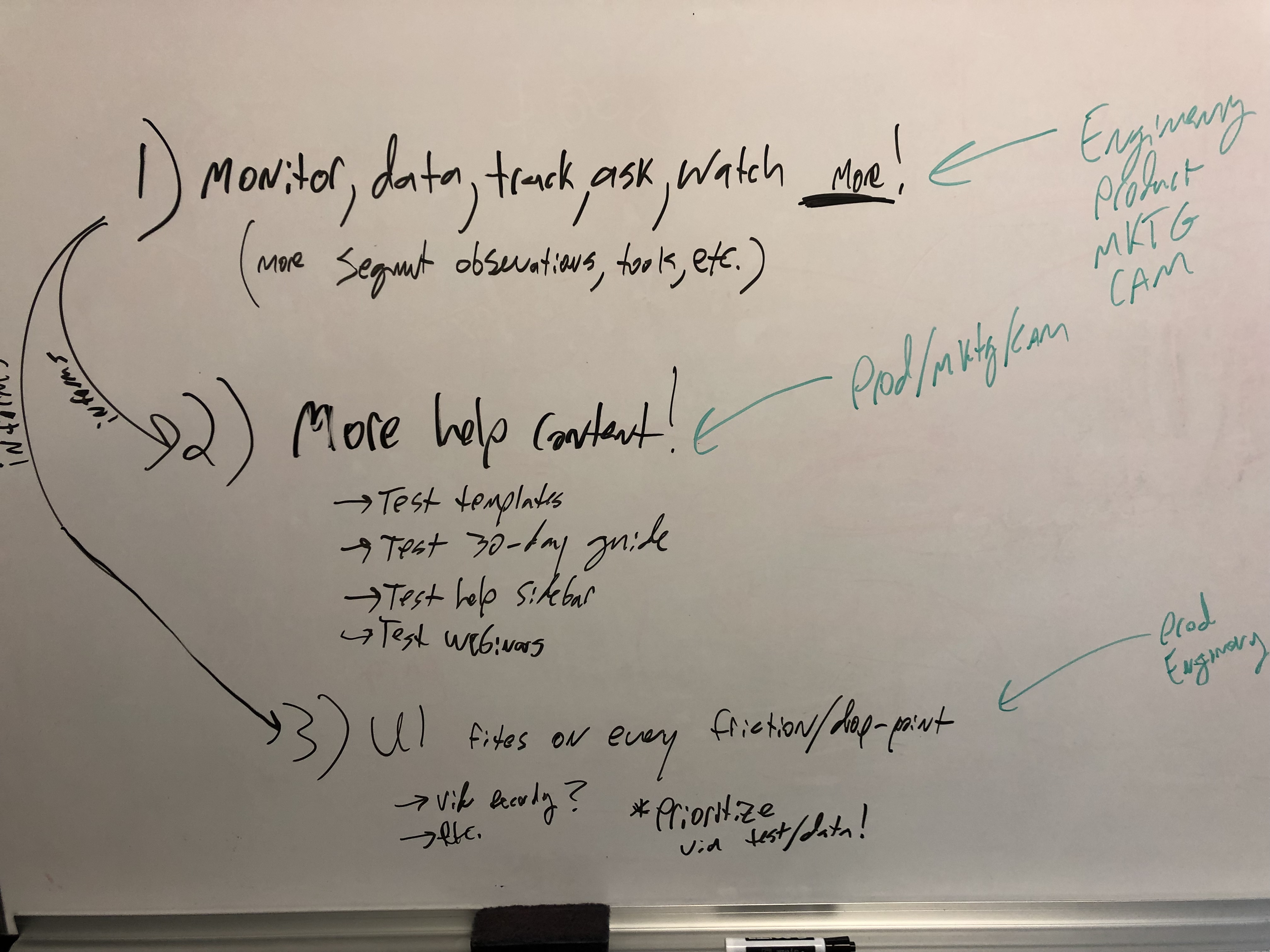A lot.
Words are like magic. If properly wielded, they confer the ability to own a thing.
I didn’t put a lot of thought into company names, even after creating Praxis. The name Praxis came to me all of a piece with the idea for the company. It was a package deal in one of the handful of, weird, almost mystical experiences I’ve had in my life. I knew what it means and I knew it was what I was naming the company. I couldn’t imagine entertaining any other name. It just wouldn’t fit.
But it doesn’t always happen this way. When we decided to split off a new entity from Praxis to pursue a different product and strategy, the name Praxis didn’t work. The entities needed to be different, free to pursue their own growth strategies without brand confusion.
I didn’t see this at first. Venture capitalist James Currier at NFX did. His article on the power and importance of a company name did the trick. Like all the best material, I knew it was true as soon as I started to read it – even though I wished it wasn’t at the time.
After fully committing to a new name for this new venture, it got surprisingly hard. In the past, names had chosen me. But now I had to choose a name. It felt clunky and forced. But I’ve done daily blogging for years, so I know that creation sometimes feels uninspired. I know the best stuff doesn’t always come from the muses, but from will and persistence.
We set about a process of collecting name ideas. Internally, the team came up with 50 or 60 contenders. I came up with another 80 myself. Then we tried using an online service called Squadhelp for more. All in all, I had a list of 350 name ideas. I began whittling it down day after day. I got to my top 30. I sent those around, discussed with staff, adjusted some more, and got to about 20. Some of them were sorta kinda close to ‘Crash’, but it was not on the list.
Several nights I lay in bed unable to sleep as names ran through my head. I had a notepad by my bed to write them down if I thought they were good. Often in the morning, I was surprised by how stupid some of them were, when in a dreamlike state I thought they were the bees knees.
One night at about 3:30 AM, I woke up with a bunch of ideas. Dash, smash, board, dashboard, crashboard, careercrash, crash. I wrote them all down and fell back asleep.
The next morning I looked at the list and really liked it. There was something here. I worked it over several times, played with the words and their uses and meanings, bounced it off a few more people, and finally decided that Crash was perfect.
Like Aslan in Narnia, it’s not safe, but it’s good. Perfect.
Here’s a few thoughts I jotted for the team on the name:
Let me quickly share a few thoughts on why I love the name Crash, despite it’s sort of edgy connotation with an accident or crash and burn!
Practically speaking, I love that it’s one syllable, a known word with known and easy spelling, no other known companies using it, it’s got both verb and noun useability, and it’s packed with action and makes you pause, it sounds nothing like any other boring ass education organization with names that come right off motivational posters. And stuffy weirdos will always be annoyed by it’s usage in a positive sense!
Spiritually speaking, I definitely like the idea of “crashing the party” or “crashing obstacles”, or anything with some kind of momentum or elevation.
Crash has a somewhat violent connotation. Good. No one said it would be easy! We want to take that energy and channel it to positive progress. Radical and practical. A Crash is the violent collision of things, resulting in a reformulation. That’s what real learning looks like. That’s what real progress and change look like. To come alive, you’ve got to break some molds and expectations and assumptions.
We’ve been using the career launch metaphor – discover your interests, build your signal, launch your career – which can be sort of awkward to combine the ideas of crash and launch, but somehow I think it works.
“Crash course” is the fastest way to get the most important stuff needed to do a new activity. It implies action over perfection.
A party crasher is someone who comes in to a stodgy, formal affair, ignores the stuffy dress code and has a good time on their own terms. Everyone is drawn to and wants to hang around the party crasher because he’s more interesting than the suits on the guest list.
In basketball, you “crash the boards”, aka fight for rebounds. It’s a gritty, blue-collar kind of activity that is crucial to the game yet less flashy than scoring. Sort of a pride in the rough and tumble down in the trenches roll up your sleeves work.
Obstacles can be maneuvered around or submitted to – “I think college is a waste, but I HAVE to do it” – or they can be crashed through! “Screw these assumptions! I’m going to blow the status quo to bits!”
That might help convey the way I think about it and why I love the name!
So we’re all in now. And it did have a kind of transformative power, at least for me. The insight and inspiration for Crash emerged from what we built with Praxis. But it didn’t take on it’s true form and possibility until we gave it a name.
No, the name isn’t the thing to worry about when you start a company. Solving a real problem is. Getting customers is. But a name isn’t unimportant either. If you’re long term goals are ambitious, you’ll need a name that can handle it.
Like this:
Like Loading...




